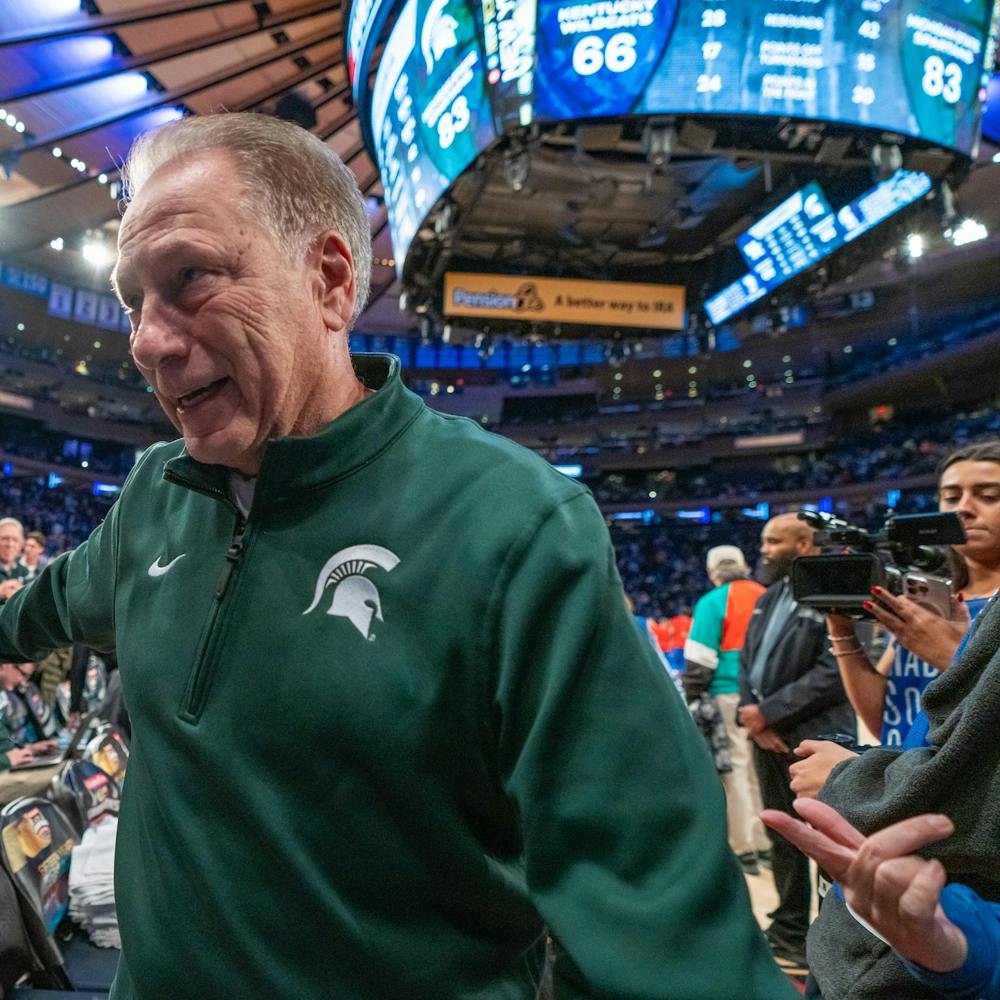East Lansing is “Going green” with its developments. “One of the things we’ve thought about is … we’d like to promote LEED certification when projects get funding from the city,” said Tim Schmitt, a community development analyst for East Lansing.
LEED certification is a nationally accepted program that rates the level of green buildings. There are varying levels of certification, from basic to platinum, which is the most environmentally friendly.
The proposed 10-story building in the City Center II project on the corner of Grand River Avenue and Abbot Road will have a silver certification.
“A lot of communities committed to silver because it’s not the lowest level, but it’s still very reachable,” Schmitt said.
“If we get good at it, maybe that standard (would get) higher.”
The city currently does not have any requirements on developments becoming more environmentally friendly, but Dave Smith, an environmental specialist for East Lansing, said he is actively working with the East Lansing Commission on the Environment to develop incentives to promote LEED development in the city.
“(The commission) hopes to have a recommendation to council on a set of objectives in a couple different areas of LEED — first of all, looking at what ordinance changes we can make to provide for green building,” Smith said.
There are several ways to promote green development, including offering tax breaks, or zoning variances, such as offering more height or parking spaces, he said.
The additional cost to get a project LEED certified can cost up to 3 percent more, said Gavin Gardi, sustainable programs manager for The Christman Co., which offers construction services and construction management in the Lansing area.
“It’s a fairly small cost, (and) the saving that results from the building would pay back that additional cost in a few years, and then it would be a more efficient building throughout the rest of its life,” Gardi said.
The Commission on the Environment will present these costs when it makes its recommendation to City Council, and the council will have to decide if it is worth it, Smith said.
Human biology sophomore Amanda Pelletier said making buildings greener is a good idea, and she would even be willing to pay more to live in an energy-efficient building, if necessary.
“As a student, you can only afford so much, but if it was a possibility, I’d do it,” she said.
“The students of our generation are very focused on being green, and taking care of the environment, so I think a lot of people would be interested in that.”
Buildings also can become LEED certified on their own, such as the MSU Federal Credit Union Headquarters, 3777 West Road, which opened in September.
Urban Options, 405 Grove St., is currently looking to turn its existing building into a LEED-certified building, said Jennifer Binkley-Power, interim executive director. It might be more difficult for an existing building to become LEED certified, she said.
It’s a very lengthy process, but once certified, having LEED certification is like a marketing tool, Binkley-Power said.
“For existing buildings … there (are) a lot of requirements before you can even begin the process, whereas with new construction … it’s easier to start at square one than to go back and retrofit,” she said.
Support student media!
Please consider donating to The State News and help fund the future of journalism.
Discussion
Share and discuss “E.L. buildings go green” on social media.





